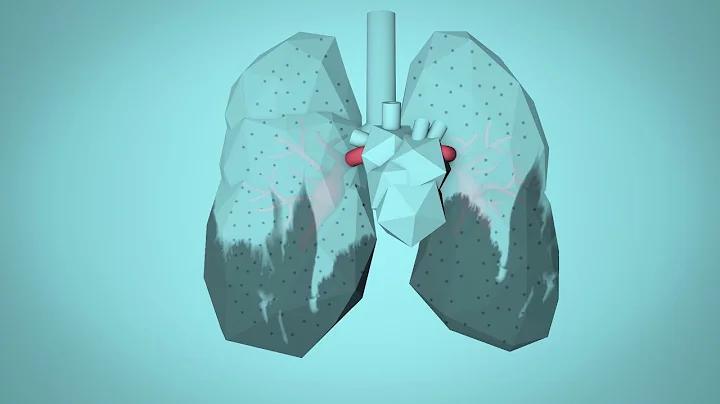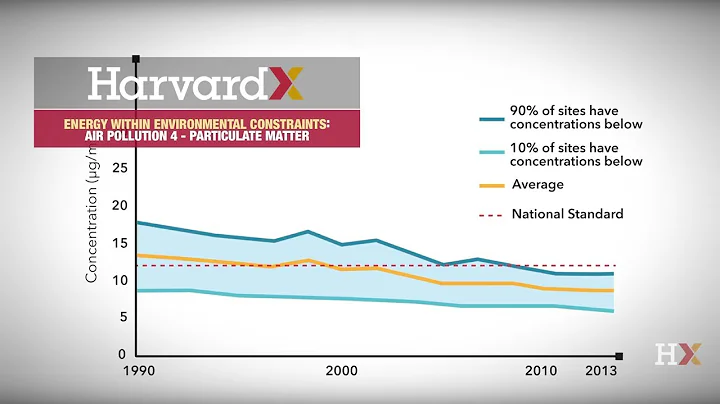
In addition to the well-known particulate pollutants such as PM2.5, ozone is also an important indicator for evaluating air quality. So what exactly is ozone pollution ? What's the harm?

Ozone is an allotrope of oxygen . It is a colorless or light blue gas under normal temperature and pressure. The liquid is dark blue and the solid is purple-black. Its smell is similar to fishy smell, and when the concentration is too high, it is similar to chlorine . Ozone has strong oxidizing properties and is a stronger oxidant than oxygen. It can cause oxidation reactions at lower temperatures.

There is a layer of ozone at a height of about 20 to 50 kilometers from the earth's surface. It can absorb most of the ultraviolet rays in the sun and protect life on the earth from harm.

But near the ground, ozone has a different look. When the maximum average value of ozone concentration exceeds 160 micrograms per cubic meter, ozone pollution is formed. If it exceeds 215 micrograms per cubic meter, it is moderate pollution; if it exceeds 265 micrograms per cubic meter, it is severe pollution.

High concentration of ozone near the ground is one of the air pollutions that everyone is currently concerned about. It is harmful to the human body! Not only is it a health killer, but it can also cause crop losses. The Ministry of Ecology and Environment reported that from January to May this year, the average ozone concentration in 339 cities at the prefecture level and above across the country was 138 micrograms per cubic meter, a year-on-year increase of 8.7%.

How is ozone pollution formed? Ozone is not directly emitted from pollution sources, but is the product of photochemical reactions between volatile organic compounds and nitrogen oxides under sunlight. It is a typical secondary pollutant.

Nitrogen oxides and volatile organic compounds are two raw materials that produce ozone. The sources of volatile organic compounds include both natural sources, mainly plant volatilization, and man-made sources caused by various man-made activities, such as emissions from industrial processes such as petrochemicals and industrial painting, vehicle exhaust and oil evaporation emissions, decoration, Emissions from daily activities such as cooking and dry cleaning.
Nitrogen oxide emissions mainly come from the emissions during the combustion process of various fuels, including thermal power generation, industrial boilers and kilns, motor vehicle use, etc.

So where and when in my country is ozone pollution most likely to occur?
Experts tell us that the spatial and temporal distribution of ozone pollution in our country is uneven. In terms of spatial distribution, about 80% of cities with excessive ozone concentrations are located in the Beijing-Tianjin-Hebei and surrounding areas, the Yangtze River Delta, and the Fenwei Plain. This basically coincides with the distribution of cities with heavy PM2.5 pollution. The urban agglomerations of the Pearl River Delta, Chengdu and Chongqing, and the middle reaches of the Yangtze River also have relatively high ozone concentrations. In terms of time, May to September are the months when ozone pollution is relatively concentrated in most cities in my country, which is mainly related to sufficient sunshine, strong radiation, and high daytime temperatures during this period.

The current hot summer is the time of year when ozone pollution is the most serious. What everyone is most concerned about is what harm ozone pollution will bring to human health, and how to take protective measures?
experts said that if the concentration of ozone in the air near the ground is too high, it can easily cause inflammatory lesions of the upper respiratory tract, causing symptoms such as coughs and headaches. It can also cause irritation to the skin, eyes and mucous membranes. Ozone will destroy the barrier function of the skin, causing the appearance of Skin diseases such as dark spots.

Three groups of people are particularly sensitive to ozone.
Category 1: Children
Children are the group with the highest risk of ozone exposure. They often spend time outdoors and engage in more strenuous activities most of the time. Therefore, children are more likely to suffer from asthma or other respiratory diseases. Asthma is the most common chronic disease in children, and exposure to ozone may aggravate it.

Category 2: Adults doing outdoor activities
Because physical activity makes people breathe faster and deeper. During activities, ozone will penetrate deep into the lungs and easily cause harm to the human body.
Category 3: People with Respiratory Diseases
People with these diseases often feel the effects of low concentrations of ozone earlier than people who are less sensitive.

For personal protection, try to take the following measures
1. Ozone generally peaks from noon to two or three o'clock in the afternoon. It is best to reduce going out and outdoor activities during this time. And reduce the number of indoor ventilation.
2. If you have to go out, sensitive people need to take protective measures and wear hats, glasses, masks and other protective products.
3. Strengthen physical exercise, improve physical fitness, enhance your own immunity, and appropriately reduce the damage caused by ozone to the human body.

With the effective control of PM2.5 and others, ozone has now become the primary pollutant affecting my country's air quality in summer, and relevant departments are paying more and more attention to the control of ozone pollution.





















